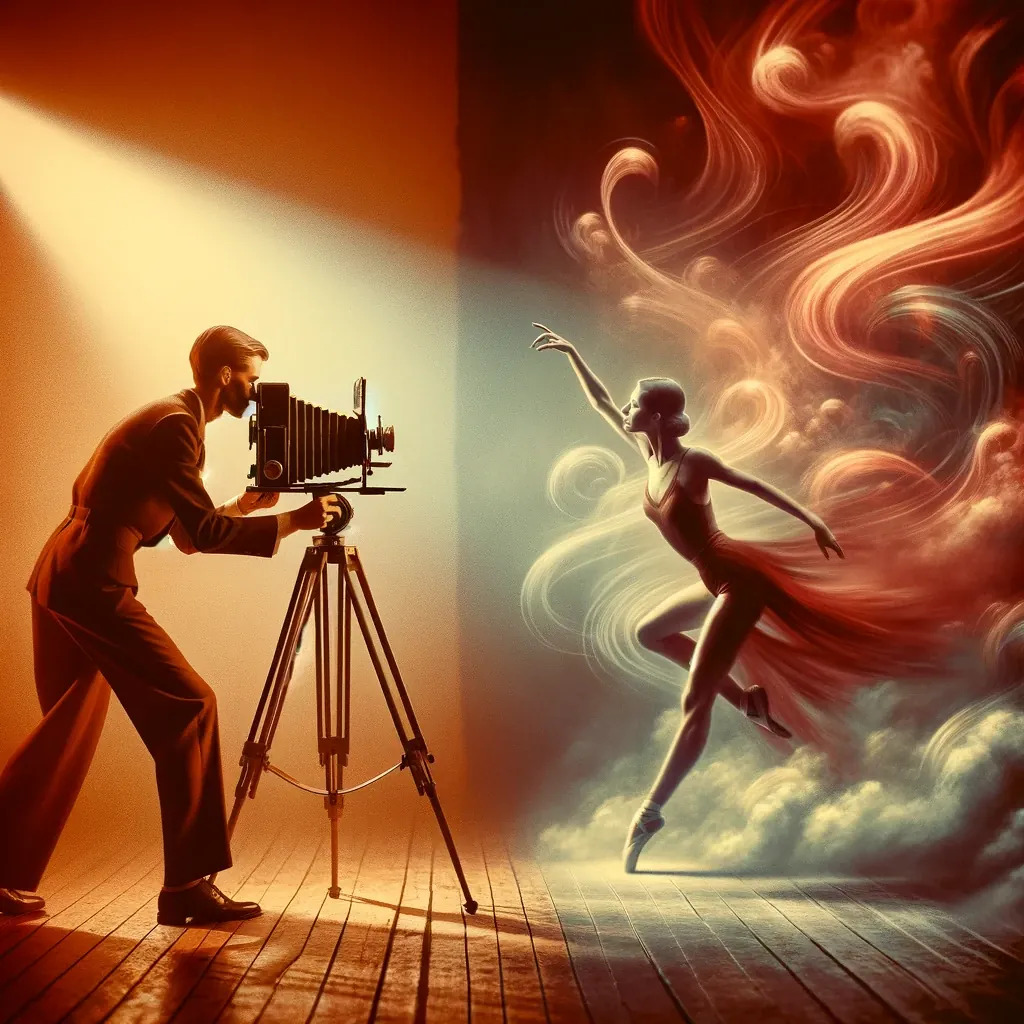
How to Overcome Challenges in Capturing and Analyzing Motion for ML Models
Explore the art and science of overcoming challenges in motion capture for ML models. Learn about enhancing image quality, adapting to lighting changes, and tracking fast movements with our comprehensive guide. Dive into techniques like super-resolution, histogram equalization, and ensemble learning to teach your models the elegance of motion.
Capturing and analyzing motion using photographic inputs for machine learning (ML) models can feel like trying to teach a robot to appreciate the fine art of dance. It’s complex, nuanced, and requires a deep understanding of both the technical challenges and the graceful solutions. In this article, I’ll guide you through overcoming the common hurdles of low-quality images, varying lighting conditions, and fast-moving objects with a blend of wit, humor, and technical advice.
Contents
- Embracing the Blur: Dealing with Low-Quality Images
- Lighting the Way: Navigating Varying Lighting Conditions
- Catching the Flash: Tracking Fast-Moving Objects
- The Ensemble Cast: Leveraging Ensemble Learning
- Conclusion: The Art and Science of Motion Capture
Embracing the Blur: Dealing with Low-Quality Images
Low-quality images are like those blurry photos of Bigfoot—hard to analyze and even harder to believe. But fear not! The solution lies in preprocessing techniques that are akin to giving your ML model a pair of glasses. Image enhancement through sharpening filters or super-resolution techniques can transform that Sasquatch silhouette into a discernible figure. Moreover, leveraging data augmentation to simulate various blurs and artifacts during training teaches your model to see through the fog, making it adept at interpreting real-world, imperfect images.
Lighting the Way: Navigating Varying Lighting Conditions
Varying lighting conditions can turn your motion capture quest into a journey as treacherous as finding the switch in a dark room after watching a horror movie. To illuminate the path, we turn to dynamic range adjustment techniques. Implementing adaptive histogram equalization or Gamma correction allows your model to adjust its “eyes” to the changing light, ensuring it doesn’t miss a step, whether in the bright light of day or the shadowy nuances of dusk. Training your model with images captured in a plethora of lighting conditions also instills an understanding of the chiaroscuro of motion, enabling it to capture the full ballet of movement under any spotlight.
Catching the Flash: Tracking Fast-Moving Objects
Analyzing fast-moving objects in photographs is akin to trying to photograph a hummingbird with a disposable camera. The key is in the anticipation and the technology. Using high frame-rate cameras to capture a wealth of data points turns a blur into a clear narrative of movement. On the software side, implementing optical flow algorithms allows your model to predict and follow the hummingbird’s dance, frame by frame, turning a whirlwind of motion into an elegant adagio.
The Ensemble Cast: Leveraging Ensemble Learning
Sometimes, the soloist needs a chorus. In challenging scenarios, no single model can capture the full complexity of motion. Enter ensemble learning, where multiple models, each trained on different aspects or features of motion, come together in a harmonious performance. This collaborative effort enhances accuracy and provides a nuanced understanding of motion, from the grand leaps to the subtlest of gestures.
Conclusion: The Art and Science of Motion Capture
Capturing and analyzing motion for ML models is a dance that balances the art of understanding movement with the science of machine learning. By addressing the challenges of low-quality images, varying lighting conditions, and fast-moving objects with a blend of technology and creativity, we choreograph a solution that enables models to interpret the ballet of the physical world with grace and accuracy. So, lace up your dancing shoes, and let’s teach these machines to dance!
Further Reading
To enrich your journey in overcoming motion capture challenges, consider delving into the following resources:
- Image Super-Resolution: “Learning a Deep Convolutional Network for Image Super-Resolution,” ECCV 2014, by Dong et al. ↗.
- Adaptive Histogram Equalization: “Adaptive Histogram Equalization and its Variations,” by Pizer et al. ↗.
- Optical Flow for Fast-Moving Objects: “Two-Frame Motion Estimation Based on Polynomial Expansion,” SCIA 2003, by Farnebäck. ↗.
- Ensemble Learning in Machine Learning: “Ensemble Methods in Machine Learning,” by Dietterich, presented at the First International Workshop on Multiple Classifier Systems. ↗.